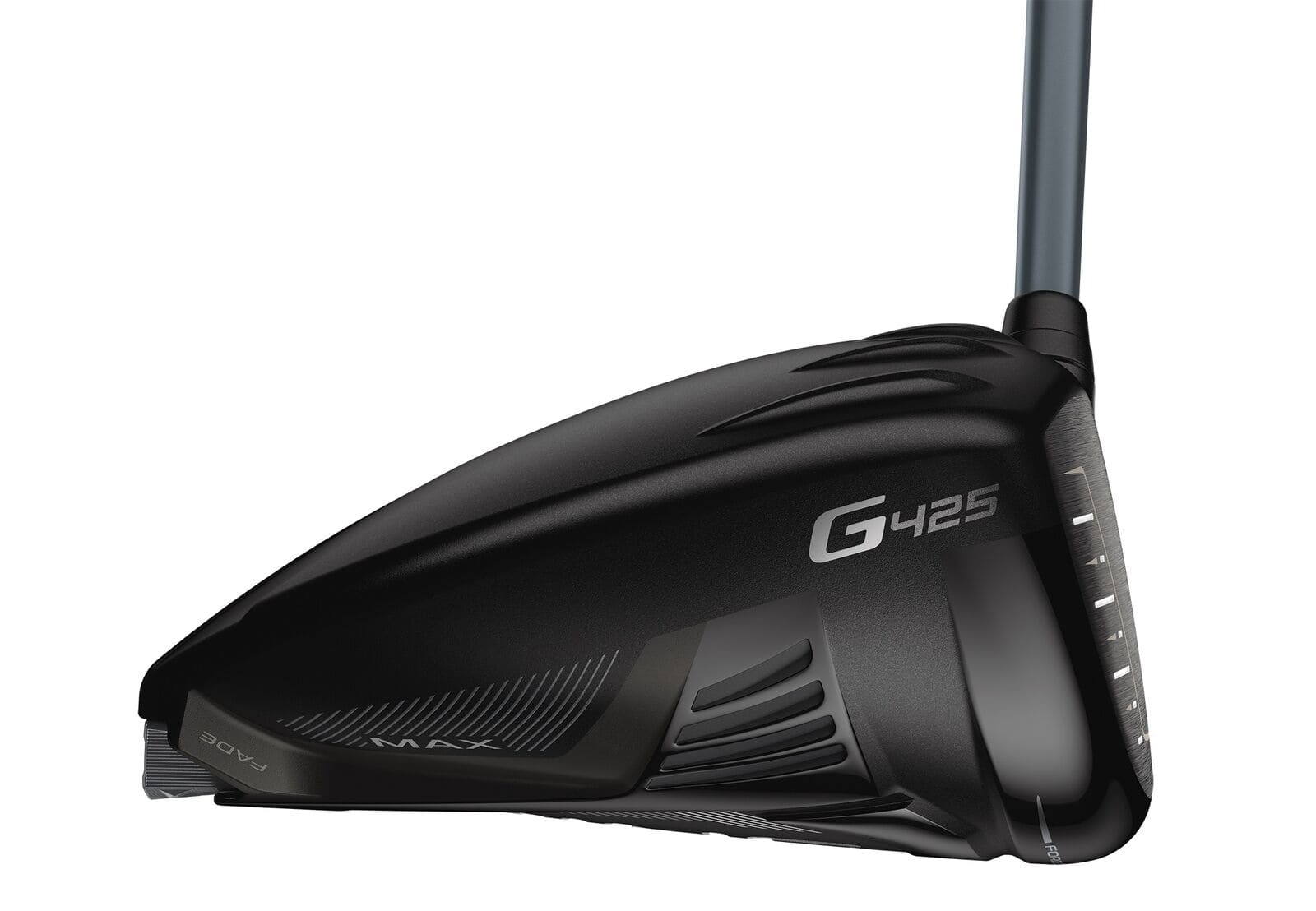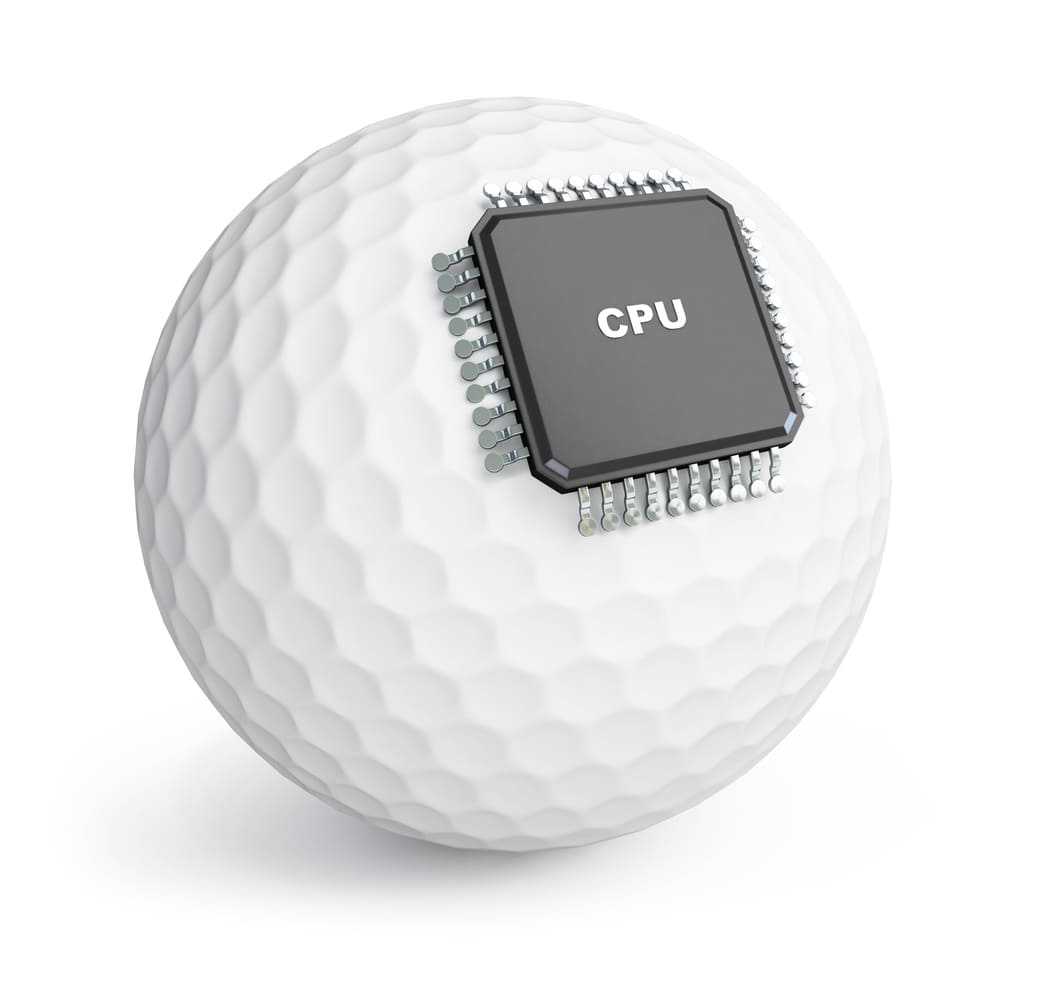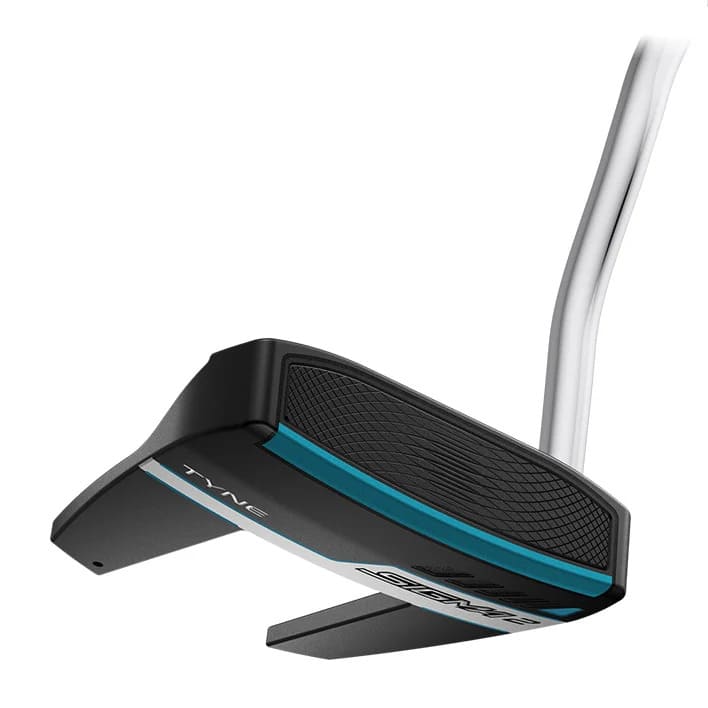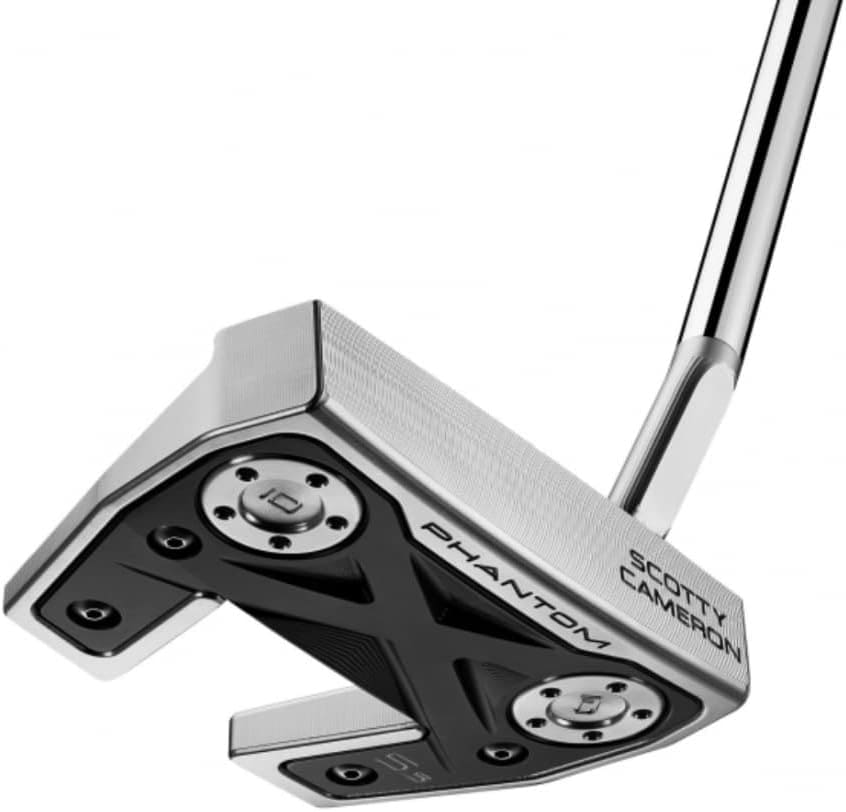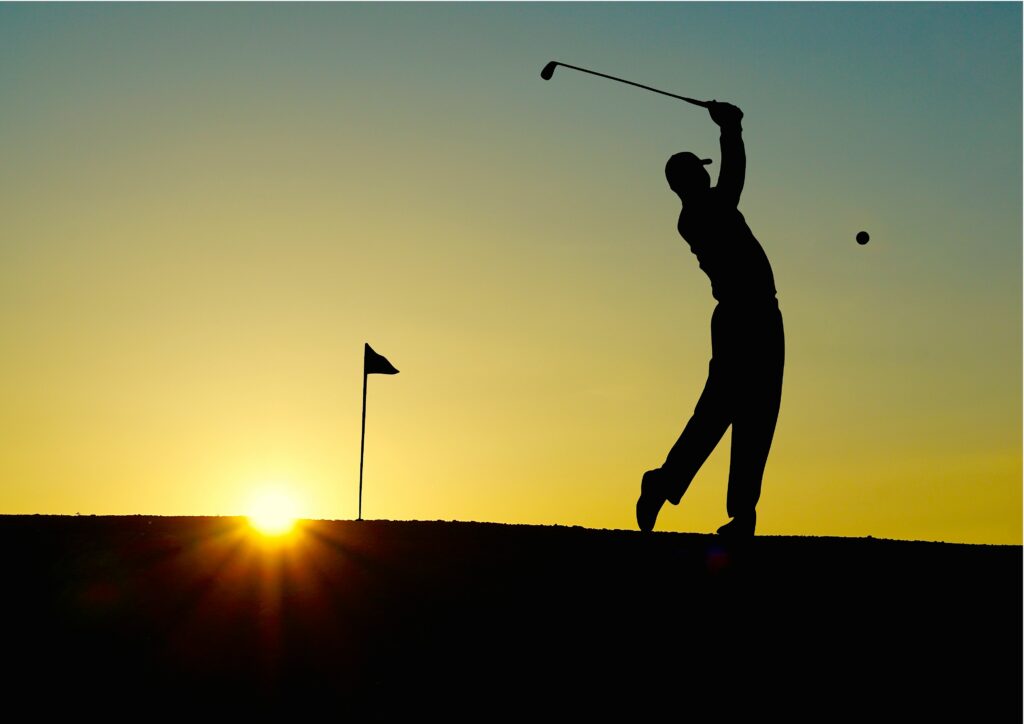
Golf driving, which involves striking a golf ball with a golf driver, is a skill that demands a blend of technique, precision, and power in your golf swing.
For amateur golfers just starting their journey on the greens, mastering the art of hitting driver can be an exhilarating yet daunting task. To support you in your quest to become a more self-assured and proficient golfer, we’ve curated a collection of indispensable tips catered specifically to those new to the game.
These insights, gathered from seasoned professionals, are designed to not only boost your golf swing speed, ball speed, and arm speed but also enhance your overall golf performance, offering you the tools to drive golf balls with accuracy and distance.
Let’s delve into these 20 invaluable tips for better golf, all geared towards helping you maximize your potential when hitting driver.
Optimal Stance:
An effective golf game begins with the correct stance. Positioning yourself slightly wider than shoulder-width apart can provide the stability and balance needed for a successful drive.
This stance allows for proper shoulder rotation during your swing, which is essential for driving the ball straight. Your golf clubs should be positioned with the ball in line with the inside of your front foot.
This is the optimal ball position for maximizing drive distance and accuracy. As you begin playing golf, keep these key points in mind to significantly enhance your driver’s performance.
Balanced Weight:
Proper weight distribution is pivotal in maintaining control during your swing, ultimately enhancing your ability to hit the driver with precision. When readying your swing, evenly distribute your weight between both feet.
As your swing progresses, smoothly transfer your weight from your right foot to your left, following through with your left shoulder leading. This motion aids in boosting the ball speed and ensures straight ball flight.
A balanced weight distribution helps to control the club head, providing the stability needed to drive the ball straight and far. Remember, control is key when playing golf – the more control you have, the better your performance will be.

Correct Ball Placement
The position of the golf ball in relation to your stance can make a significant difference in your ability to hit the driver straight and far on the golf course.
For a solid strike, the ball position should be just inside your leading foot. This allows for a clean, upward strike that drives the ball straight and true.
Remember, the alignment of the ball position is a crucial factor that can impact the trajectory and distance of your shots. Always consider the ball placement before you swing, ensuring it complements your stance for an optimal hit.
Perfect Your Grip:
The key to mastering your swing lies in the heart of an often overlooked aspect – the grip. To hit the driver straight and with power at the driving range, the grip is pivotal.
Adopt a neutral grip, where your dominant hand is positioned in front. This setup assures better control, allowing you to swing fast while maintaining the accuracy of your shots.
A well-honed grip plays a significant role in your ability to drive the ball straight and true. Remember, a solid grip is at the core of every successful golf swing.
Align Shoulders and Hips:
Proper alignment of your shoulders and hips is a fundamental aspect in maintaining the accuracy of your swing. It’s vital to ensure a full shoulder turn during your backswing, enabling you to hit the driver consistently well.
This establishes a solid foundation for the sequence of your swing, allowing you to drive the ball straight and far. In practice, consider your shoulder and hip alignment as interlinked components of a well-executed swing. Strive to achieve a complete shoulder turn, aligning it with your lower body movement.
This synergy will enhance your ability to hit the driver with consistency and precision. Remember, good alignment is key to successful golf swings.
Upper Body Tilt:
Incorporating a slight tilt in your upper body enhances the impact angle, aiding you in striking the ball with increased precision and distance. This subtle change in posture places the spine at a slight incline, consequently modifying the swing plane for the better.
This technique encourages a more upward strike, particularly useful when hitting a driver. By practicing this upper body tilt, you can optimize your swing to consistently hit the ball, improving your driving range performance over time. Remember, a well-executed tilt is an effective tool for achieving a powerful and accurate golf swing.
Efficient Hip Rotation:
Golf is as much about finesse as it is about power, and the smooth rotation of the hips during your swing is a quintessential element in achieving both. The hips play a pivotal role in driving the golf ball with force and accuracy, acting as a conduit for power from your lower body to your upper body and, ultimately, to the club.
As you swing, envision your hips rotating smoothly, almost like a pivot. The right hip initiates the backswing, while the left hip propels the downswing, generating power and speed. A smooth hip rotation can enhance the overall efficiency of your swing, leading to improved accuracy and longer drives.
Remember, a successful golf swing is a harmonious blend of power and control, and efficient hip rotation is key to achieving this balance.
Full Extension of Arms:
Maximizing your clubhead speed is fundamental for those who aim to hit the driver far and with precision. Achieving a full extension of your arms through the shot is one way to ensure this. As you swing, focus on the left hand leading and extend both arms fully to drive the ball high and far.
The process of full extension works in tandem with the hip rotation, as the power generated from your hips is translated up through your left side and into your arms, improving your smash factor. This full extension, in conjunction with efficient hip rotation, allows for a powerful and accurate hit. Remember, the goal is to reach a position where your arms are fully extended, but not rigid, at the point of impact.
This technique can significantly improve your clubhead speed, helping you achieve loftier drives with better direction.
Tee Height Matters:

The height at which you tee the ball can greatly impact your golf game, particularly when using a driver. A higher tee, around 2.75 inches, is often recommended. This higher tee pos
ition allows for an optimal launch angle, increasing the possibility of a successful shot. While setting up, align the ball with the driver’s sweet spot when it’s on the tee to maximize the potential distance.
The role of the tee shouldn’t be underestimated; it provides the foundation for your shot. So, next time you step onto the tee box, remember to tee the ball higher. In this way, by making a small adjustment to your tee height, you’re setting yourself up for a more effective and efficient shot right from the tee.
Generate Speed:
Focusing on speed generation when using a driver is a key aspect of expanding your shot’s distance. This doesn’t mean mindlessly swinging as fast as you can. Instead, it’s about efficiently utilizing your body mechanics, especially your hips and arms, to increase your swing speed while maintaining control. Remember, it’s not just about how hard you hit, but how well you hit.
Hit ‘Up’ on the Ball:
Striking the golf ball with an ‘upward’ trajectory when using your driver can contribute to a higher launch. This technique reduces the backspin on the ball, thus enhancing its distance. To implement this, position the ball forward in your stance, which will naturally create an upward strike at the point of contact. Remember, the goal is to launch the ball, not just hit it.
Fitness Routine:
Incorporating golf-specific workouts into your fitness regimen could significantly enhance your driving distance. These exercises, tailored towards improving flexibility, strength, and balance, could empower you to swing harder while maintaining control. Consider engaging in routines that target your core, hips, and shoulders, as these muscle groups play crucial roles in your swing.
Consistent Arm Speed:
Maintaining consistent arm speed throughout your swing is essential for both control and power in your shot. A slow backswing paired with a faster downswing can disrupt your rhythm and negatively impact the ball’s trajectory and speed. Work on synchronizing the movement of your arms with your body turn to create a smooth, uninterrupted swing that drives the ball effectively. Remember, the goal is not to swing faster, but to swing more efficiently.
Pause at the Top:
The golf swing isn’t about speed but about precise timing and rhythm. Incorporating a brief pause at the top of your backswing can significantly improve both these aspects. This pause allows you to shift your weight correctly and aligns your body for the downswing, providing better control over your shot.
Follow Through:
Your swing doesn’t stop at the point of impact, but extends beyond it in a fluid motion. It’s crucial to hold your finish position to ensure a well-executed swing. The follow-through reflects the efficiency of your swing and can influence the trajectory and distance of your shot. It gives an insight into your balance, control, and the path of your swing. So, work on your follow-through to enhance the overall quality of your swing.
Use Technology:
In the digital era, technology has permeated every field, including golf. Utilizing launch monitors can provide valuable insights into your swing and overall game performance. These devices offer in-depth data, such as swing speed, ball speed, launch angle, and spin rate, which can help pinpoint areas of improvement. With this analysis, you can fine-tune your swing mechanics and enhance your performance on the course.
Focus on Speed:
Speed in golf is often misunderstood. While it’s not about swinging as fast as you can, clubhead speed does play a crucial role in achieving distance. A faster clubhead speed generates more force at the point of impact, propelling the ball further. However, this speed should not compromise your control or rhythm. Therefore, it’s essential to balance power with precision to optimize your clubhead speed effectively. This, in turn, will contribute to greater distance and improved accuracy.
Sweet Spot Precision:
In golf, striking the ball on the club’s sweet spot is key to maximizing power, distance, and accuracy. The “sweet spot” is an area on the clubface that, when in contact with the ball, produces the most efficient energy transfer, resulting in the longest and most accurate shots. Achieving consistent contact here requires proper alignment, timing, and swing technique. A swing that consistently hits the sweet spot will not only yield greater distance but also enhance directional control, reducing off-target shots and improving overall game
Patience Is Key:
It cannot be stressed enough how crucial patience is in golf. Many amateur golfers make the common mistake of rushing their driver swing in an attempt to hit the ball further. However, a successful golf swing is about smoothness and control, not speed. By maintaining a steady rhythm throughout the swing, you allow the clubhead to properly accelerate and hit the sweet spot at the moment of impact. This results in a more efficient energy transfer to the ball, increasing both distance and accuracy. Rushing the swing can disrupt this rhythm, leading to off-center hits and decreased distance. Therefore, patience and control are key to a successful driver swing.
Select the Right Shaft:
The shaft of the driver can significantly impact your swing, and ultimately, your game performance. The length, flex, material, and weight of the shaft should correspond to your swing speed and style. A shaft that is too stiff or too long for your swing speed can limit your distance and accuracy. Conversely, a shaft that is too flexible or too short can lead to uncontrolled shots. Thus, finding the right shaft requires understanding your own swing characteristics and experimenting with different shaft configurations. Remember, the goal is to choose a driver shaft that allows you to consistently hit the sweet spot, maximizing both distance and accuracy.
Precise Targeting:
Rather than merely aiming in the general direction of the fairway, pinpoint a specific target to enhance your accuracy. This could be a particular tree, a distinguishing mark, or any discernable feature. Visualizing a precise target helps in aligning your body and club correctly, molding your swing path accordingly. Moreover, it cultivates a more focused mindset, leading to more consistent and accurate shots. Remember, golf is a game of precision, and every stroke counts. By honing your targeting strategy, you’re likely to see improvements in your overall game performance.
Driver Headcover Drill:
The Driver Headcover Drill is an excellent method to incorporate into your practice routine for enhancing swing consistency and subsequently, the quality of your shots. This drill involves placing your driver’s headcover under your left armpit (for right-handed golfers) and executing your swing without letting it drop. The drill encourages a compact, connected swing, where the body and arms work in harmony. By regularly practicing this drill, you can train your muscles to retain this connectedness during an actual game, leading to more consistent, accurate swings. Remember, golf is as much a game of technique as it is of strength. Developing a consistent, controlled swing can be a game-changer in reducing your scores.
Maximize Arc:
To optimize power and distance in your shots, it’s crucial to make the largest possible arc during your driver swing. This tactic leverages the principle of angular momentum, where a wider arc translates to higher clubhead speed at impact, driving the ball farther. To achieve this, maintain a full shoulder turn while keeping your left arm (for right-handed golfers) extended during the backswing. It’s equally important to follow through completely to maintain the arc’s width during the downswing. The aim is to create a sweeping motion that maximizes the range of your swing, thereby boosting the power and distance of your shot. Remember, while power is important in golf, precision remains key. Practicing this technique consistently is fundamental to mastering it without sacrificing control.
Explore The Best Beginner Driver Golf Insights and Equipment
Enjoyed our guide on golf clubs for beginners? There’s more to explore! Head back to our page for a wealth of information on all things golf, including very good beginner driver reviews. From the latest in golf technology and accessories to in-depth insights on drivers and putters for all skill levels, we’ve got you covered. Our site is a treasure trove of tips, reviews, and advice, helping you make informed decisions and enhance your game. Whether you’re a beginner or an experienced golfer, we have something for everyone.

